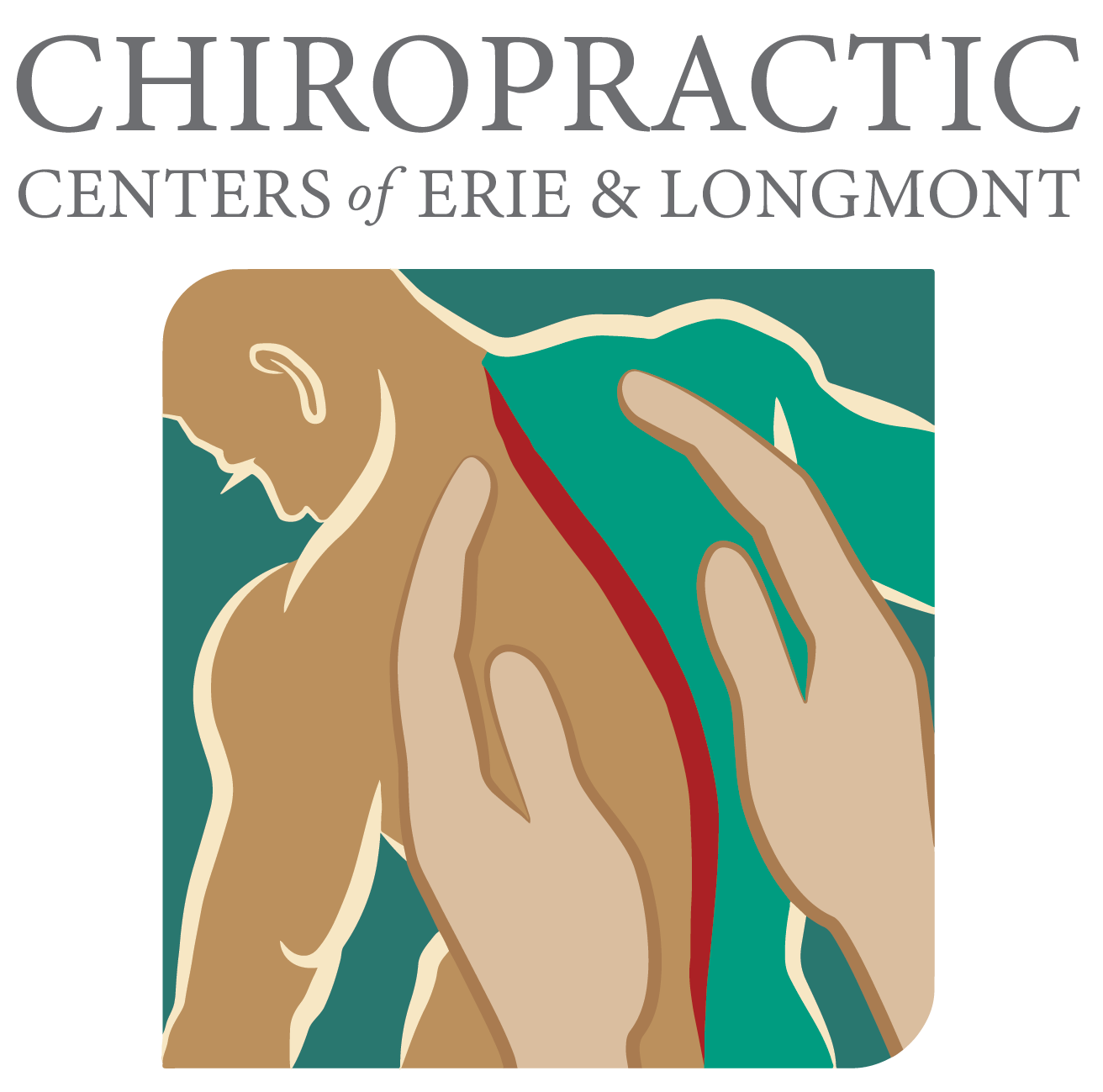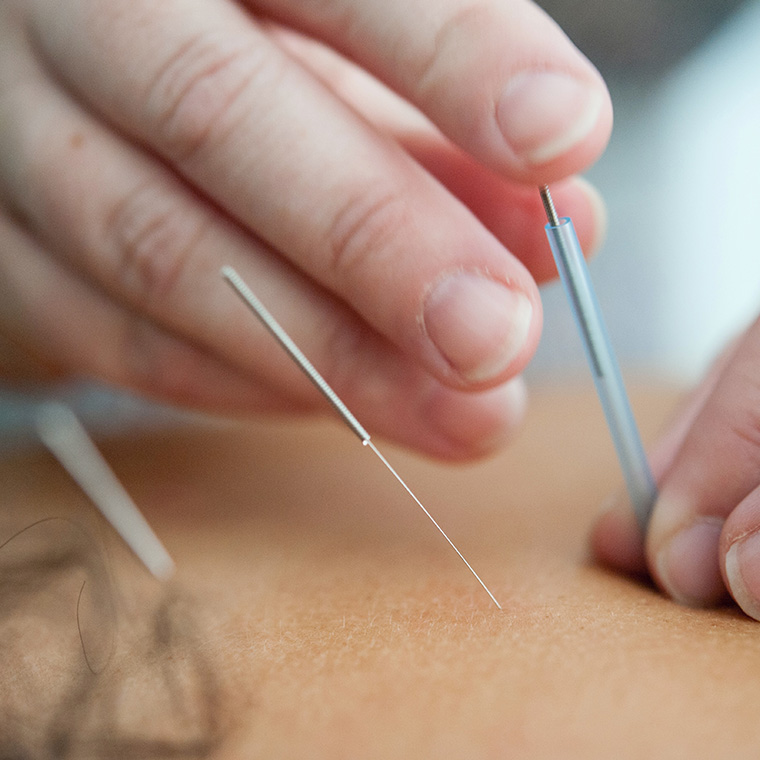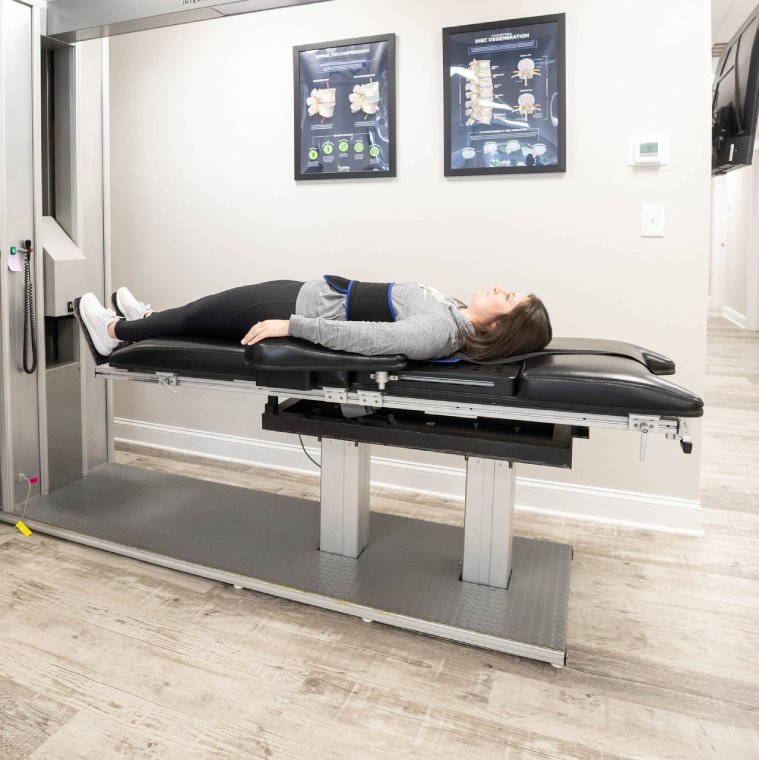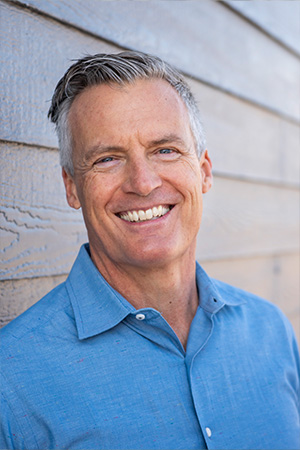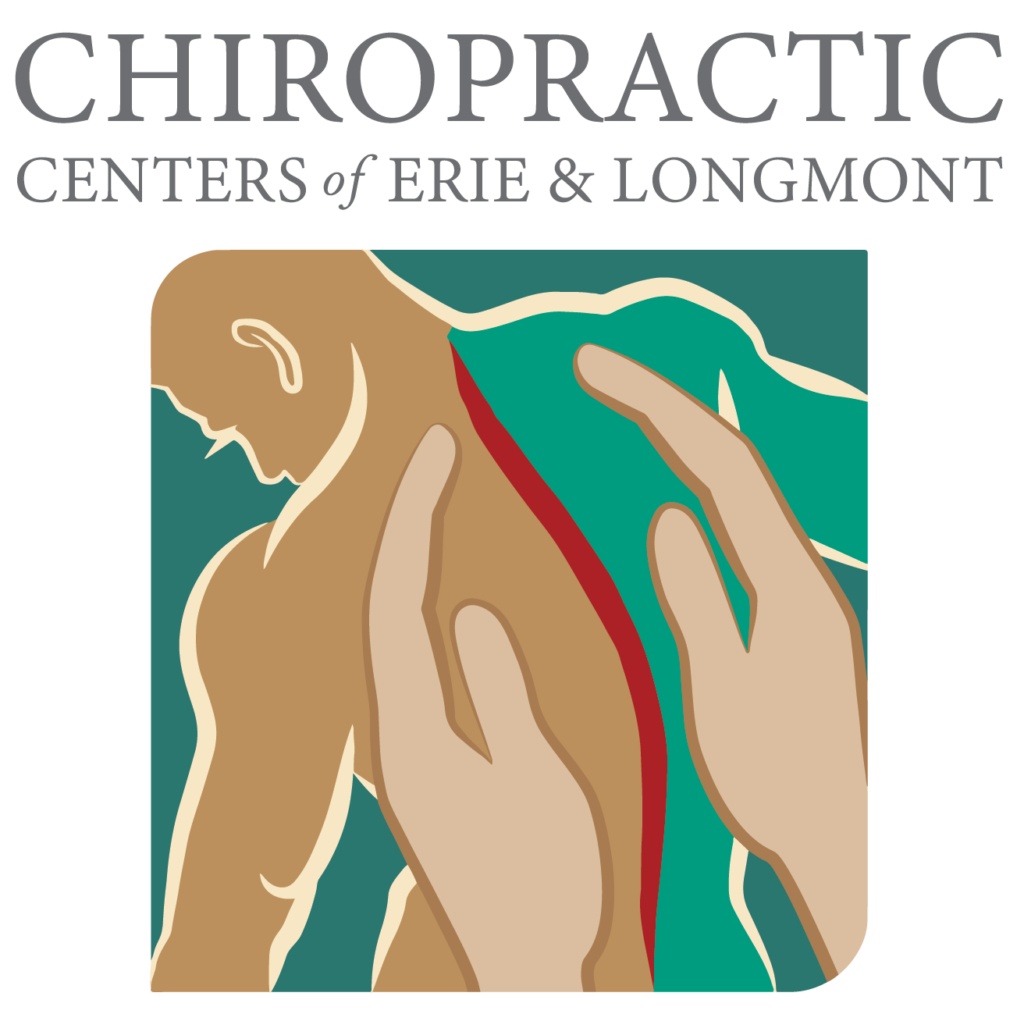Dry Needling vs Acupuncture: A Comprehensive Comparison of Therapies
Poking your way to pain relief has never been more diverse. If you’ve found yourself caught up in the choice between dry needling and acupuncture, both popular modalities in holistic pain management, then you’re not alone. Delve into the intricacies of these therapies as we paint a comprehensive picture of their differences and potential benefits. This crucial comparison will serve as your roadmap to making informed decisions about which therapy fits your health needs best. Experience the revolution of understanding that can unlock new levels of wellness and relief!
While Dry Needling and Acupuncture both involve inserting thin needles into the body, they differ in their approach. Acupuncture is rooted in traditional Chinese medicine and treats imbalances in the body’s energy flow by targeting specific points along the meridians. On the other hand, Dry Needling is a modern Western technique that targets trigger points in muscles to alleviate pain and tension. It is often used as part of chiropractic treatment plans. However, it’s important to note that only licensed acupuncturists can legally perform acupuncture, while chiropractors may offer dry needling and/or acupuncture with proper training and certification.
Dry Needling and Acupuncture Defined
Dry needling and acupuncture are two therapeutic techniques that involve the insertion of thin needles into the body. While they share this common element, there are significant differences between the two therapies in terms of their origins, principles, and applications.
Understanding Dry Needling
Dry needling is a relatively new treatment method developed in the 1980s based on modern Western medicine. It primarily focuses on addressing musculoskeletal pain and dysfunction. The technique involves inserting fine needles directly into trigger points, which are tender bands of muscle within larger muscles. These trigger points can cause pain and restrict movement when they become tight or irritated. By targeting these trigger points with precise needle placement, dry needling aims to release muscle tension, improve blood flow, and promote healing.
Imagine you have been experiencing chronic neck pain due to muscle tension and knots in your upper trapezius muscles. A qualified healthcare professional, such as a chiropractor trained in dry needling, would insert thin filiform needles directly into those trigger points of your neck muscles. This action stimulates the release of tightness and tension in the affected areas, providing relief from your chronic pain over multiple sessions.
Unlike acupuncture, which follows traditional Chinese medicine theories, dry needling does not consider energy meridians or restore overall balance throughout the body. Instead, it primarily targets specific localized muscle issues.
It’s important to note that dry needling is a safe and effective treatment approach for various painful conditions such as back pain, neck pain, fibromyalgia, knee pain, muscle spasms, and muscle strains. However, it is crucial to consult a trained professional who has received appropriate education and certification in dry needling techniques.
Now that we have a better understanding of dry needling and its targeted approach to addressing muscular pain and dysfunction let’s explore the practice of acupuncture in more detail.
Understanding Acupuncture
Acupuncture, on the other hand, is deeply rooted in ancient Chinese medicine and has been in practice for thousands of years. Traditional Chinese medicine theory believes that the body is governed by an energy force known as Qi (pronounced “chee”), which flows through meridian pathways throughout the body. When this flow of Qi becomes imbalanced or blocked, it can lead to various physical and emotional ailments.
During an acupuncture session, thin needles are inserted into specific acupoints along the meridians to restore balance and promote the smooth flow of Qi within the body. The selection of acupoints is based on an individual’s unique pattern of disharmony or symptoms. Acupuncture aims not only to alleviate pain but also to address a wide range of health concerns such as allergies, digestive problems, sleep disorders, anxiety, stress, and more.
Acupuncture treatments typically take a holistic approach, addressing both the immediate complaint and considering how it relates to your overall well-being. Practitioners often incorporate manual therapies like cupping or gua sha alongside acupuncture needling for a comprehensive treatment plan tailored to individual needs.
Having explored both dry needling and acupuncture definitions and their fundamental differences, we can now move forward by diving deeper into the specific techniques used in both therapies.
- Dry needling and acupuncture are two different treatment approaches to address pain and health concerns. Dry needling is based on modern Western medicine principles, targeting specific areas of muscle tension and dysfunction with fine needles to promote healing and relieve pain. Acupuncture, on the other hand, is based on traditional Chinese medicine theory and focuses on restoring balance in the flow of Qi energy throughout the body by inserting needles into specific acupoints along meridian pathways. While both techniques may involve using thin needles, they differ significantly in their philosophy, approach, and goals. It’s essential to consult trained professionals for both dry needling and acupuncture who have received appropriate education and certification in their respective techniques.
Common Ground Between Dry Needling and Acupuncture
While dry needling and acupuncture are distinct therapies, they share some common ground in terms of their approach and benefits. Both techniques involve the insertion of thin, sterile needles into specific points on the body to promote healing and alleviate pain. These points correspond to meridians or trigger points that hold significance within the respective practices.
To illustrate, let’s consider a scenario where a patient seeks relief from chronic neck pain. In both dry needling and acupuncture, the practitioner would identify trigger points in the neck region and insert needles to stimulate those areas. The aim is to target underlying muscle tightness or dysfunction and encourage pain relief and improved range of motion.
Additionally, both therapies have demonstrated effectiveness in managing various musculoskeletal conditions such as back pain, sports injuries, and joint disorders. They can complement conventional medical treatments by addressing not only the symptoms but also the root causes of pain and dysfunction.
It’s important to note that while there are similarities in technique and outcomes, the underlying philosophies behind these therapies differ significantly.
Now that we’ve explored the commonalities between dry needling and acupuncture, let’s delve into an in-depth comparison of these two therapies.
In-Depth Comparison
Dry needling and acupuncture may appear similar at first glance due to their use of needles for therapeutic purposes. However, there are notable differences in their approaches, origins, and theoretical foundations.
Origin: Acupuncture has its roots in traditional Chinese medicine (TCM), which originated thousands of years ago. It is based on the concept of Qi (pronounced “chee”), an energy force that flows through meridians in the body. Traditional acupuncturists aim to restore the balance of Qi to promote health and well-being.
On the other hand, dry needling emerged from Western medicine practices focused on neuroanatomy and musculoskeletal dysfunction. Its primary goal is to release muscular trigger points, alleviate pain, and restore normal movement patterns.
Technique: Dry needling primarily targets myofascial trigger points, which are sensitive areas within muscles that may be contributing to pain and dysfunction. The needles used in dry needling are typically inserted directly into these trigger points to elicit a twitch response that aids in muscle relaxation and healing.
Acupuncture, on the other hand, involves the insertion of needles at various acupuncture points along meridians believed to influence the flow of Qi in the body. The selection of points is guided by TCM principles such as assessing pulse characteristics, tongue appearance, and overall energy imbalance.
Treatment Focus: While both therapies can address musculoskeletal conditions, dry needling tends to have a more localized focus on muscle dysfunction. It targets specific trigger points and their associated referral patterns to improve muscle function and reduce pain.
Acupuncture takes a more holistic approach, often considering not only physical symptoms but also emotional and psychological aspects. Traditional acupuncturists aim to rebalance the flow of Qi throughout the body, addressing underlying imbalances that contribute to health issues.
Which to Choose: Dry Needling or Acupuncture? The choice between dry needling and acupuncture ultimately depends on various factors such as personal preference, practitioner expertise, and individual treatment goals. Some individuals may find relief through either therapy, while others may respond better to one over the other.
For those seeking targeted relief from muscular trigger points or musculoskeletal issues, dry needling may be the preferred option. Its direct focus on specific areas of dysfunction can lead to localized pain reduction and improved muscle function.
On the other hand, individuals who value a holistic approach that considers emotional and energetic aspects alongside physical symptoms may lean toward acupuncture. Its ability to address a wide range of conditions beyond musculoskeletal issues makes it appealing to those seeking a comprehensive treatment approach.
It’s worth noting that both therapies can be complementary to other forms of treatment and should not be seen as mutually exclusive choices. Some practitioners even integrate elements of both techniques, creating a blended approach tailored to the individual’s needs.
Choosing between dry needling and acupuncture is akin to picking a specific tool from a toolbox. Each therapy has its strengths and areas of application, but the choice ultimately depends on the unique requirements of the individual seeking treatment.
Contact a Chiropractor Today!
If you’re interested in seeing a chiropractor, getting a chiropractic adjustment or Dry Needling, visit us at one of our offices in Erie or Longmont. The Chiropractic Center of Erie and Chiropractic Center of Longmont treat the body holistically with our award-winning treatment process which is not just an adjustment alone and can include Dry Needling when requested. We have been voted “Best of the West” eleven times and we aim to help your body achieve and maintain optimal performance.
We specialize in treating patients suffering from spinal pain and many other maladies and have helped several patients find relief without the need for surgery. If you’d like to learn more about chiropractic care in Longmont or Erie or have questions about what to expect during your first chiropractor visit in Erie or Longmont, call our offices today at 303-828-3000 or 303-772-1950!
